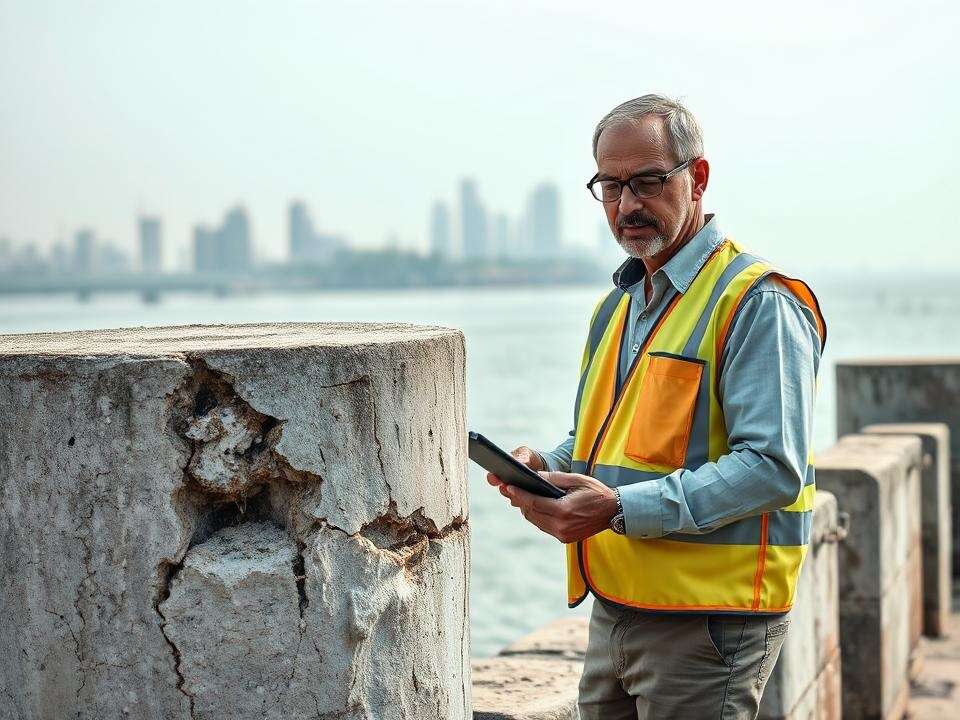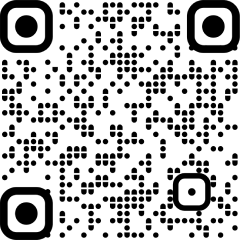
MUMBAI: The first phase survey of the city’s groundwater levels revealed an alarming situation. Out of the 19 locations surveyed in the city, saline water was found in 17.
The Union Government’s Ground Water Survey Board conducted a survey of the groundwater at 26 locations in the city. A primary report for 19 of these locations was submitted to the Brihanmumbai Municipal Corporation (BMC).
Groundwater tests conducted at multiple locations across the city, included Churchgate, Mazagaon, Worli, Mahim, Byculla, Mahul, Trombay, Khar Danda, Vakola, Vile Parle (West), Amboli, Versova, Madh, Film City, Mulund, Goregaon, Malvani, Manori, and Gorai, as well as two sites each in Colaba, Dahisar, and Chembur.
According to the report, the groundwater quality is good at only two locations: one at Ismail Yusuf College, Jogeshwari, and the other at Film City in Goregaon. At the other locations, saline water has entered the groundwater.
According to officials, the groundwater was collected from a depth of 70 to 200 metres below the surface. If the salinity of the groundwater increases, it can harm the foundation of concrete structures.
One independent structural engineer said, “Saline water is always present in the city’s groundwater as this is a coastal city. During construction, we take precautions against saline water. But this increased level will impact old structures.”
To tackle this issue, the BMC has decided to recharge groundwater levels with rainwater harvesting. Most BMC gardens and other BMC properties have borewells and wells.
“We have decided to recharge these groundwater sources with rainwater harvesting to reduce the saline water level in the groundwater. The technique for recharging groundwater is simple: we will dig a pit 2–3 metres deep, using a pipeline and natural slopes to channel rainwater through a sand, pebble, and gravel filter for percolation,” said officials.
“Also, the BMC has decided to use a piezometer at some locations. This meter will provide real-time data on the groundwater quality. ‘Getting regular data on water quality will help us manage the groundwater,’ said an official.”
A piezometer is an instrument, typically a tube or sensor, used to measure the static pressure of a liquid or gas in a system, or more specifically, the pore water pressure within the ground.
Another observation in the report is that sewage and industrial effluents have polluted the groundwater. Heavy metals were found in the groundwater in areas around the creek. Also, rampant exploitation of groundwater may lead to the landward ingress of seawater into the groundwater. Vikram Tambavekar, a structural engineering expert, said, “This phenomenon is mainly found in a 2-3 km area along the coastal region. If proper treatment is not undertaken during foundation work, the saline water can harm the full structure. Also, increasing salinity levels can harm old structures,” Vikram told Mumbai Mirror.











